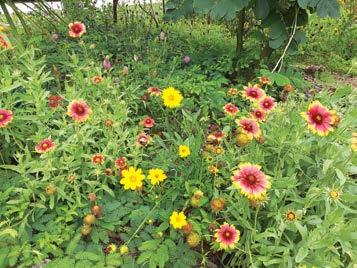
3 minute read
FLORIDA NATIVE PLANTS
Florida Native Plants Beat Summer’s Heat
by Katie Tripp
Advertisement
Florida’s summer heat puts flower tion of Native Nurseries website (afnn.org) gardens to the test. Flowering plants provides native nursery and landscaper that are not native to this region are listings where plants can be purchased, and likely to wilt, sunburn or have an insatiable knowledgeable staff can provide assistance thirst, creating high-maintenance requirewith various aspects of creating and mainments for gardeners. The best solution is taining a native Florida landscape. to plant Florida natives that are adapted Gardening with Florida native plants to local temperatures and soil types. There provides value that reaches far beyond savare Florida natives for every condition, ing water, time and money—though those from full sun to shade, sand dune to oak are wonderful benefits, too! Bringing native hammock, pond edge to upland scrub, and plants into gardens creates habitat for naanything in between. The Florida Associative wildlife, including the insects and birds
Left: The author’s summer yard is filled with a variety of native flowers, shrubs and trees, much to the delight of local bees, birds, butterflies and other wildlife.
responsible for pollinating food crops. Not surprisingly, native wildlife co-evolved with native plants. This means that many of the creatures at the base of the food web depend on native plants and trees to complete their life cycles.
Butterflies provide a wonderful example of this connection, or symbiosis. The well-known monarch butterfly uses native milkweed plants as a “host”. The cycle begins (or ends) when mature female monarchs lay fertilized eggs on native milkweed plants. The eggs hatch into tiny caterpillars (or larvae) that feed on milkweed leaves. As the caterpillars nourish themselves by munching the leaves, they grow until ready to form a chrysalis. Inside the chrysalis, which may attach to the milkweed or another nearby plant, the transformation into a butterfly occurs. The fully formed butterfly hatches and feeds on nectar from the milkweed flowers or those of other nectar plants in the vicinity as it lives through this adult phase of its life cycle, finding mates so that female monarchs can lay fertilized eggs on milkweed and create the next butterfly generation. This cycle repeats throughout the warm months. Native milkweeds then disappear from the landscape in the late fall and winter, when monarchs migrate to Mexico, and reappear in the spring when the butterflies return to North America.
Natural Beauty Native Florida Landscapes, LLC
Design Installation Maintenance
Katie Tripp, Ph.D. 727-504-4740 NaturalBeautyFlorida@gmail.com
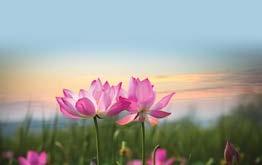
The Earth laughs in flowers. ~Ralph Waldo Emerson
n Bringing Nature Home: BringingNatureHome.net n Florida Association of Native Nurseries: afnn.org n Florida Native Plant Society: fnps.org n Florida Wildflower Foundation: FlaWildFlowers.org
The return of butterflies, and therefore caterpillars, to the landscape coincides with songbird nesting and the hatching of baby birds. Caterpillars are a primary food source for many baby birds that cannot digest seeds or berries. Therefore, to support bird populations, it is essential to provide the plants, shrubs and trees that host caterpillars. The early 20th century naturalist John Muir famously stated that “When one tugs at a single thing in nature, he finds it attached to the rest of the world.” This is no less true of a suburban residential yard than of a sprawling nature reserve, which means every human resident is linked to the natural world and can do something to help create and connect wildlife habitat. Whether a container garden on a condominium patio or a multi-acre wildflower meadow, every native plant added to a landscape helps connect that location to the rest of the natural world.
Katie Tripp, Ph.D., is the owner of Natural Beauty Native Florida Landscapes, LLC. She created her business to educate Floridians about the importance of utilizing native plants and to help residents create wildlife habitat. Tripp is an active member of the Pawpaw chapter of the Florida Native Plant Society and a member of the Florida Association of Native Nurseries. Connect with her at 727-504-4740 or NaturalBeauty Florida@gmail.com. See ad, page 18.
GR W
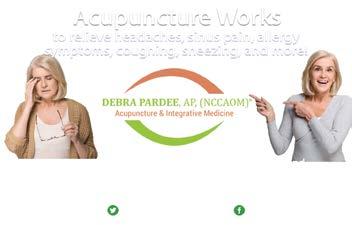
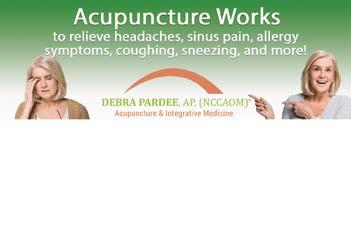

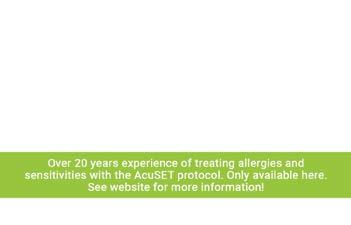


your business year ‘round with an ad in Natural Awakenings! Reach thousands of Healthy Living readers in the Volusia - Flagler area
Call to discuss an advertising package that will fit every budget.

